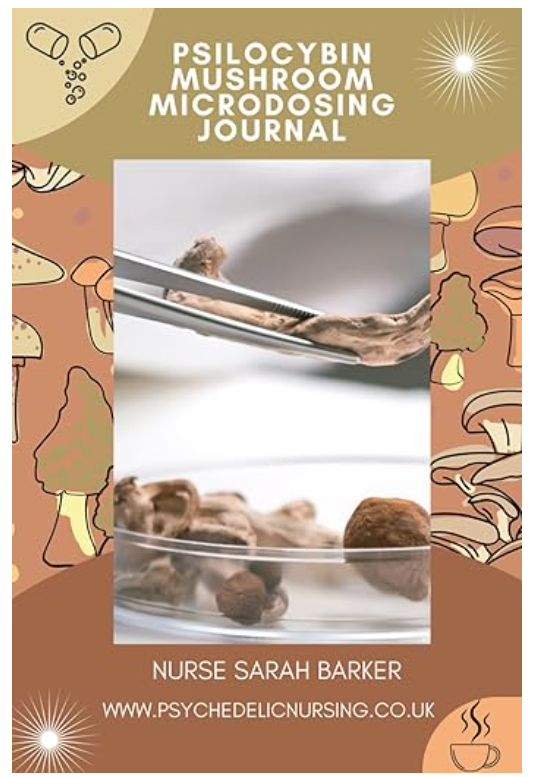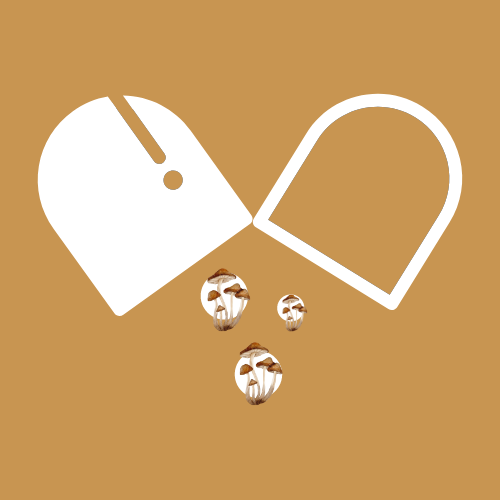Microdosing is using doses less than what is considered a therapeutic dose to elicit a hallucinogenic experience or response, taking very low doses of a substance about 5% to 10%.
Not everyone who takes a psychedelic drug wants hallucinations, some just want therapeutic benefits.
Low doses enhance daily function while avoiding hallucinating or having a ‘trip’. mystical effects, unitary consciousness, or ego dissolution.
With these smaller doses of psychedelics, the goal isn’t to get high or “trip out”. The goal is to receive some of the wanted effects without actually feeling high or noticing the signs of intoxication. Some proponents say microdosing can not only boost professional performance and clarity, it can also improve mood and mental health issues like anxiety and depression.
When beginning your microdosing journey, it is important to set an intention.
Please note: This article is for informational purposes only. Psychedelic Nursing UK does not endorse microdosing or the use of illegal or controlled substances.
Ask yourself:
What are you hoping to achieve with this experience?
Is there anything you’d like to change, like unhealthy habits, your mindset, your mood?
Write down the answers to these questions and frequently refer back to them as you go through your microdosing cycle.
Psilocybin is a powerful substance that helps with creating new neural pathways, i.e. changing deeply-rooted behavioural patterns and restrictive mindsets.
This is your chance to work through your blocks and limiting beliefs and super speed the process of implementing empowering mantras and new, healthy routines.
Practice and think about this before you start
- Use an accurate scale if you don’t have a pre-measured dose.
- Take your first dose on an average, non-work day when you feel physically and mentally well.
- Ensure your environment is calm and safe, with few, if any, demands on your time.
- Stick to your chosen protocol for at least four to eight or ten weeks.
- Start with a minimal dose for a few days. If needed, adjust the amount up or down for another few days. Keep tweaking the dose as needed until you achieve the desired results.
- Microdose in the morning, as taking a dose later may disrupt regular sleep patterns.
- Don’t take alcohol or other mind-altering drugs concurrently, at least initially. Some people find CBD – a non-psychoactive chemical found in marijuana – to help with the experience.
- As mentioned, maintain a microdosing journal including details on your diet, activities, other alcohol or drug use, and OTC medications, along with specifics on the dose, time taken, results, and any concerns.
- Don’t rush the process. Give your protocol and dose time to work.
Microdosing Journal

Record: The Dose Taken
How the microdose affects you on the day you take it: track your mood, any emotions that come up, and new insights regarding your intention.
The next two days on which you don’t take the psilocybin, think about these questions:
Can you still feel the effects of the microdose?
How does it affect your mood?
Do you feel any different than the day before?
Have you had any breakthroughs or insights?
Microdosing Summary
There are lots of promising anecdotal reports from microdosers on how psychedelics have transformed their mental health, relationships, and how they feel about themselves.
There is not much formal research into this practice yet, because most substances that people microdose are illegal and difficult to research.
Microdosing is not for everyone, and people with mental health disorders or symptoms should not use the practice to replace any treatment.
The practice of microdosing tells us that full doses of psychedelics may be too high for some people. Lower doses may still provide insights and perspective changes.
Microdosing and possession of Psilocybin in the UK is currently not legal and therefore this book does not encourage microdosing in the UK only the more forward thinking countries where it is accepted.



